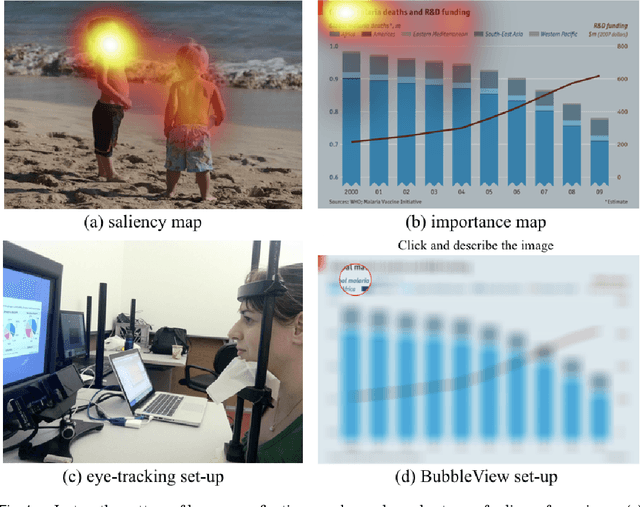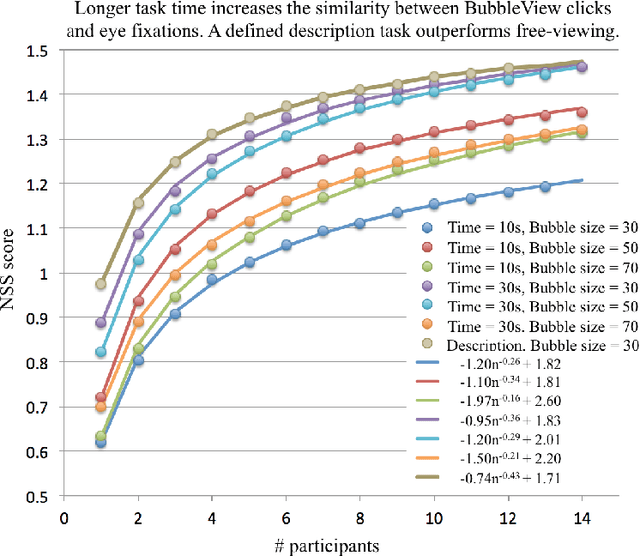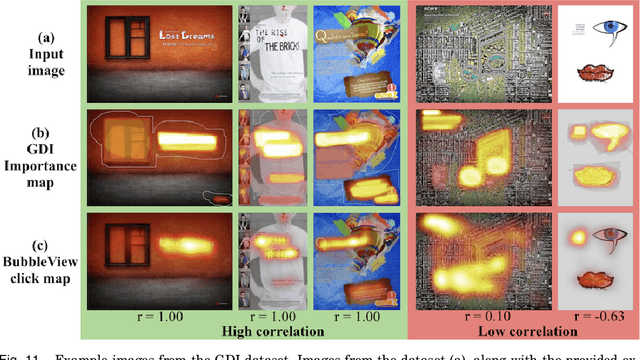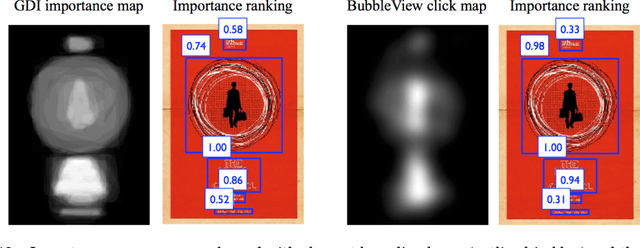Michelle A. Borkin
Digital Collaborator: Augmenting Task Abstraction in Visualization Design with Artificial Intelligence
Mar 03, 2020Abstract:In the task abstraction phase of the visualization design process, including in "design studies", a practitioner maps the observed domain goals to generalizable abstract tasks using visualization theory in order to better understand and address the users needs. We argue that this manual task abstraction process is prone to errors due to designer biases and a lack of domain background and knowledge. Under these circumstances, a collaborator can help validate and provide sanity checks to visualization practitioners during this important task abstraction stage. However, having a human collaborator is not always feasible and may be subject to the same biases and pitfalls. In this paper, we first describe the challenges associated with task abstraction. We then propose a conceptual Digital Collaborator: an artificial intelligence system that aims to help visualization practitioners by augmenting their ability to validate and reason about the output of task abstraction. We also discuss several practical design challenges of designing and implementing such systems
BubbleView: an interface for crowdsourcing image importance maps and tracking visual attention
Aug 09, 2017



Abstract:In this paper, we present BubbleView, an alternative methodology for eye tracking using discrete mouse clicks to measure which information people consciously choose to examine. BubbleView is a mouse-contingent, moving-window interface in which participants are presented with a series of blurred images and click to reveal "bubbles" - small, circular areas of the image at original resolution, similar to having a confined area of focus like the eye fovea. Across 10 experiments with 28 different parameter combinations, we evaluated BubbleView on a variety of image types: information visualizations, natural images, static webpages, and graphic designs, and compared the clicks to eye fixations collected with eye-trackers in controlled lab settings. We found that BubbleView clicks can both (i) successfully approximate eye fixations on different images, and (ii) be used to rank image and design elements by importance. BubbleView is designed to collect clicks on static images, and works best for defined tasks such as describing the content of an information visualization or measuring image importance. BubbleView data is cleaner and more consistent than related methodologies that use continuous mouse movements. Our analyses validate the use of mouse-contingent, moving-window methodologies as approximating eye fixations for different image and task types.
 Add to Chrome
Add to Chrome Add to Firefox
Add to Firefox Add to Edge
Add to Edge